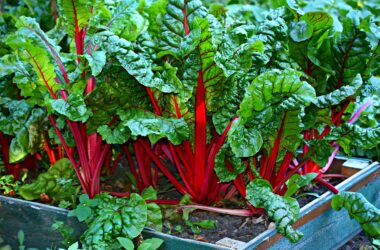Indoor Gardening
Indoor gardening is the practice of growing plants indoors, typically in containers, for decorative, therapeutic, or culinary purposes. It can be a great way to bring nature indoors and improve the air quality of a home or office.
Indoor gardening can involve growing a wide variety of plants, including herbs, vegetables, flowers, and succulents. Some popular indoor plants include spider plants, pothos, peace lilies, and snake plants, all of which can help purify the air and improve indoor air quality.
Indoor gardening requires careful attention to lighting, temperature, humidity, and watering. Some plants require bright, direct sunlight, while others can thrive in low light conditions. Temperature and humidity levels can also affect plant growth and health, so it’s important to monitor and adjust these factors as needed.
When it comes to watering indoor plants, it’s important to avoid overwatering, which can lead to root rot and other issues. Most indoor plants require less water than outdoor plants, and it’s important to allow the soil to dry out slightly between waterings.
Indoor gardening can be done using a variety of containers, from traditional pots to hanging baskets, wall-mounted planters, and terrariums. Choosing the right container for a plant can depend on its size and growth habits, as well as the design aesthetic of the space.
In addition to providing aesthetic and therapeutic benefits, indoor gardening can also be a source of fresh herbs and vegetables. Growing herbs and vegetables indoors can be a great way to ensure a steady supply of fresh produce, even during the winter months.
Overall, indoor gardening is a great way to bring the benefits of nature into the home or office, and can provide a rewarding and satisfying hobby for people of all ages and skill levels.






